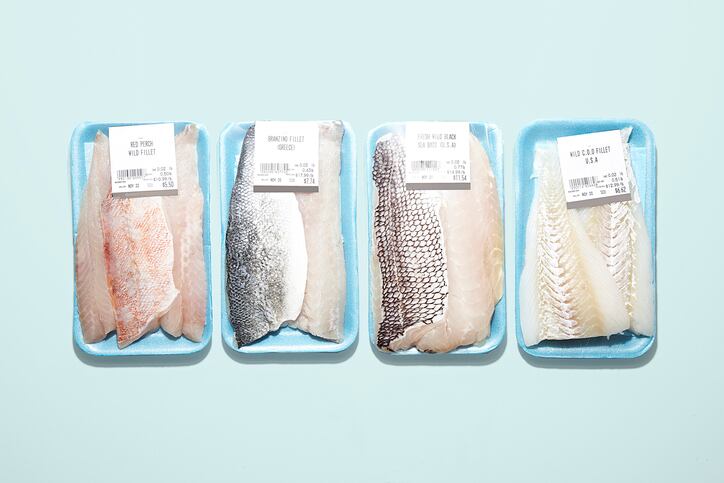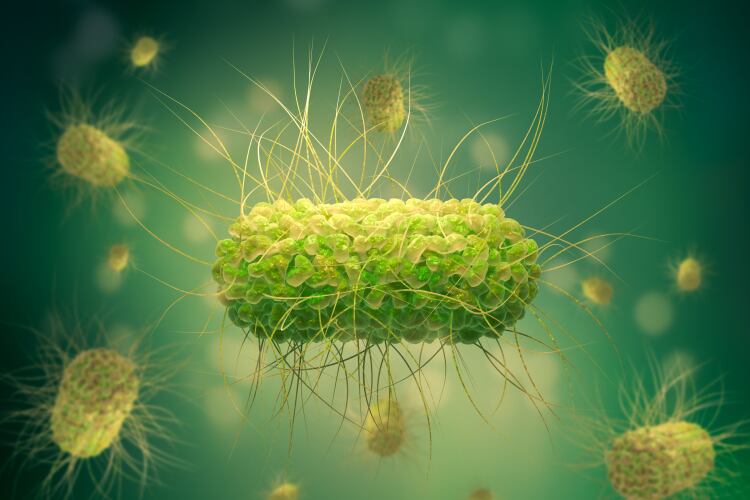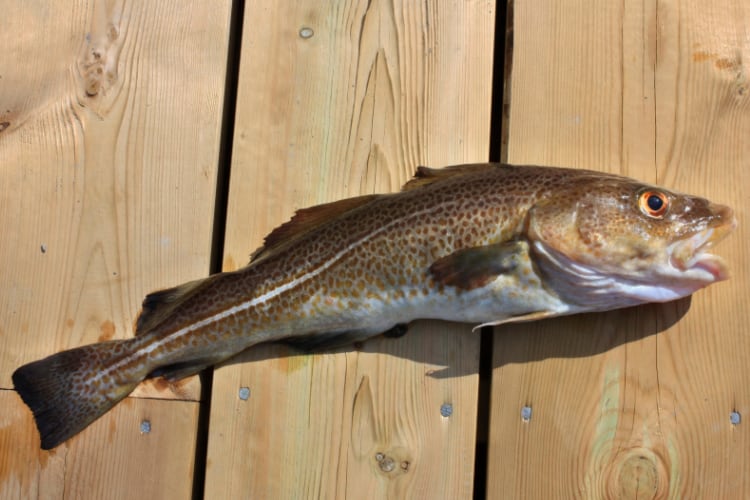The study, just published in Comprehensive Reviews In Food Science And Food Safety, assesses food fraud trends across 80 countries and 72 seafood species to provide an analysis of the types of fraud that exist within the seafood supply chain and which are most exposed to criminality.
Aquaculture is the most vulnerable area of the seafood supply chain to food fraud owing to the presence of illegal or unauthorized veterinary residues from Asia, claimed the study. Global fish consumption has increased significantly above population growth over the last 60 years, and production has quadrupled over the last 50 years. Major shifts in seafood production have occurred to meet this increase in demand, and aquaculture now provides over 80 million metric tons of seafood per year, contributing to 46% of total global fish production, according to the FAO.
But as production steps up to meet this rising demand, so is a potential increase in food fraud motivation, the study warned. “The globalization of seafood supply chains has resulted in a network that is valuable but opaque and with a diversity of production methods and species that is unique from other food supply chains,” it wrote.
One problem highlighted is the use of illegal or unauthorized antimicrobials in aquaculture that may contribute to an increase in antimicrobial resistance in human pathogens, and prolonged exposure to these drugs through residues in seafood raises health concerns. Seafood is one of the top food allergens, it cautioned, and accidental allergenic exposure due to mislabeling of species can lead to severe health problems such as systemic immunological reactions and anaphylaxis.
The intensification of aquaculture, the fastest growing animal food producing sector, meanwhile, has increased dependence on antibiotics. Aquaculture is also leading to fishery substitution and mislabelling. The study observed reports of farm products declared as wild, with the price premium for wild versus farmed fish meaning “financial incentives exist for fraudsters to seek fraudulent gain by making false provenance claims”.
Import and export were the next most vulnerable, with a substantial proportion of reports due to inadequate or fraudulent health certification. “Products with fraudulent documentation, or even just the required levels of traceability, may be indicative of disreputable operators seeking to import products that do not meet the conditions of the importing country and conceal a variety of deceptive practices,” wrote the study.
The research claimed to illustrate the variety of data and differences in the reporting of food fraud underlying the necessity for better recording of fraud cases. As much food fraud is also unreported, it said “a more in-depth understanding of current vulnerabilities in the seafood supply chain is required to identify future points of deception and assist prevention and mitigation activities”.
“Understanding where a supply chain is vulnerable is key to strengthening the ability for the timely prevention and detection of fraud, a concept that is increasingly attracting academic and mainstream attention,” it added.
Analyzing historic food fraud incidents is an approach that has been used by other authors to gauge the occurrence and trends of fraud in the food industry and in detail for the beef and dairy industries. The seafood industry, however, has not yet been analyzed using this methodology. This would provide “a useful baseline indicator of the level, location, and method of reported fraud in the sector”, the study wrote.
Reference
The 11 sins of seafood: Assessing a decade of food fraud reports in the global supply chain
Comprehensive Reviews In Food Science And Food Safety
https://doi.org/10.1111/1541-4337.12998





